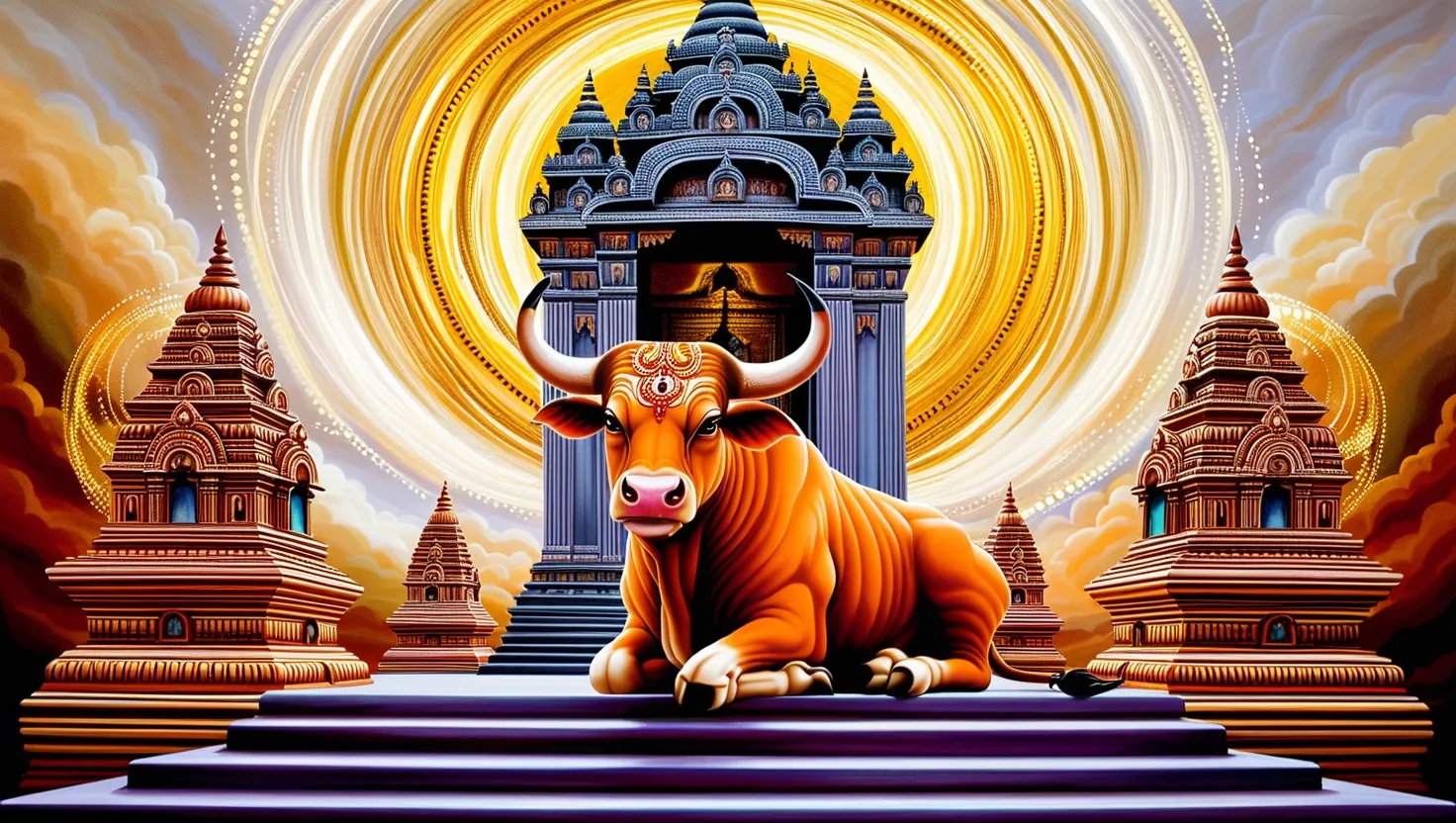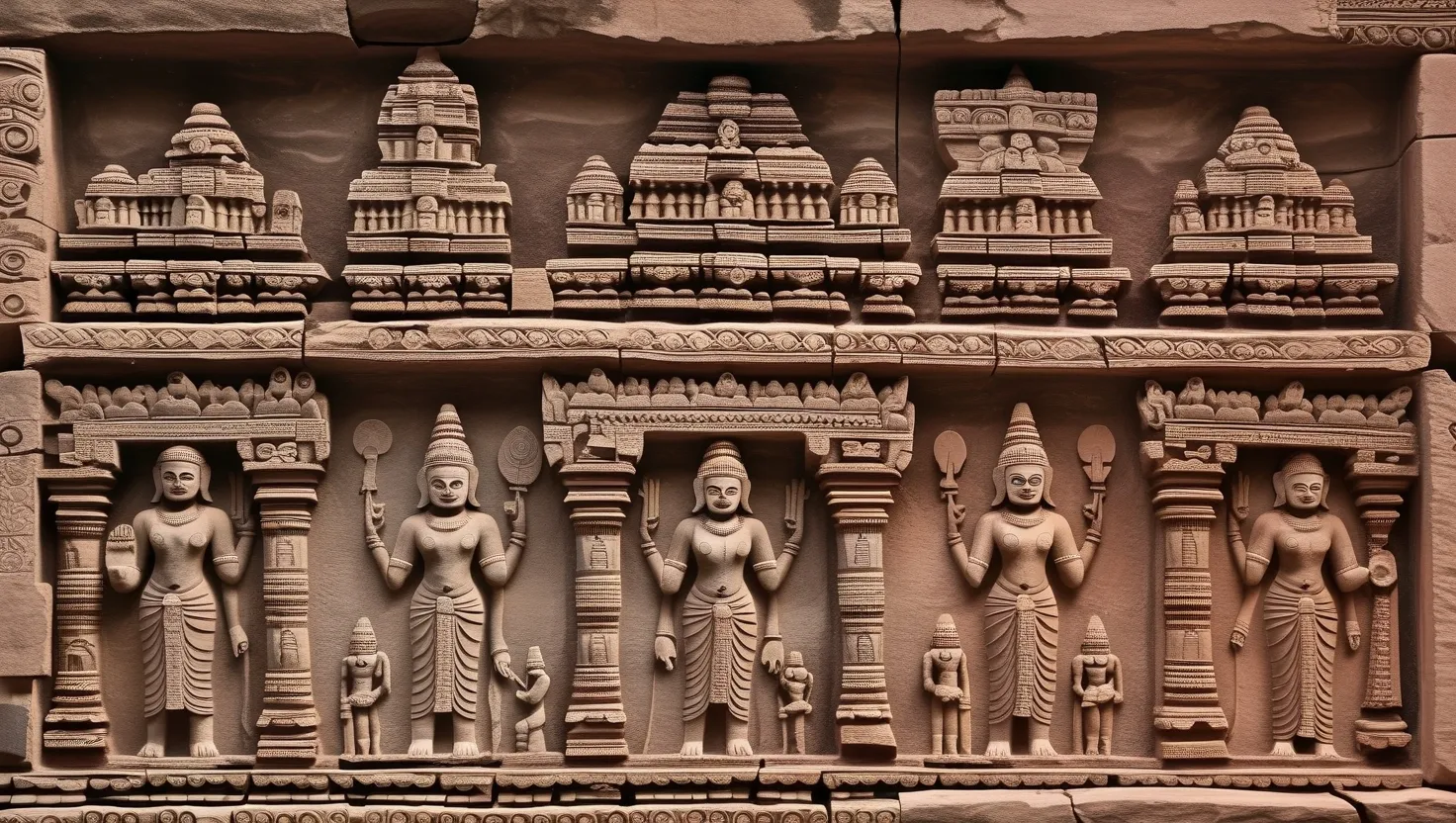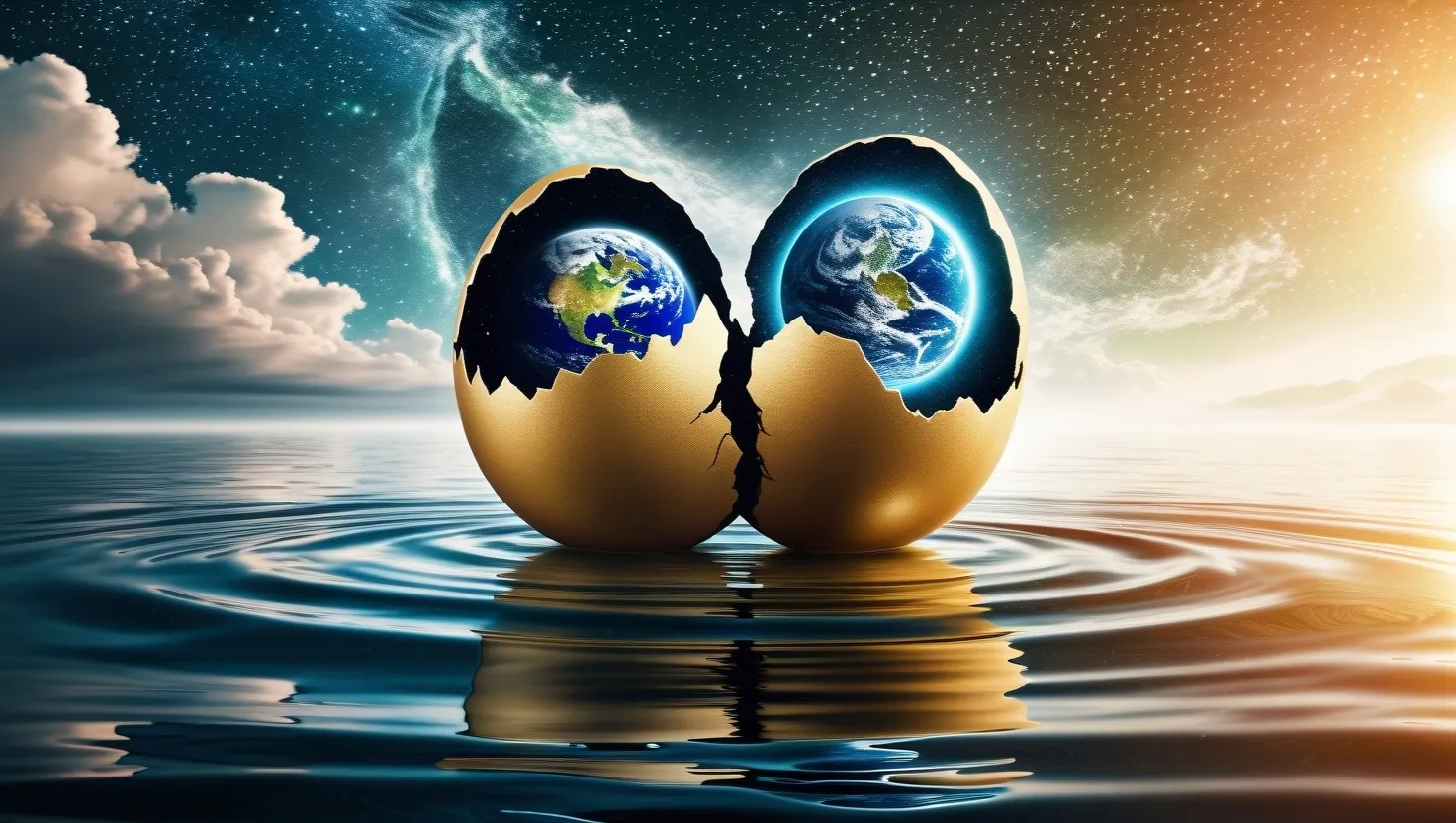Animals aren’t just background characters in the Puranas; they are essential to the story, woven into the fabric of divinity and cosmic order. Whenever I read these ancient tales, I’m struck by how creatures often serve as mediators between the mundane and the sacred. They’re never just ornaments; they carry messages, symbolize virtues, and sometimes stand as reminders of what we, as humans, can aspire to become—or avoid.
Let’s start with Nandi, the bull. If you’ve ever visited a Shiva temple, you’ll notice Nandi calmly facing the inner sanctum, unmoving and alert. Nandi’s position isn’t random. His gaze is a lesson: unwavering focus on the divine is the key to spiritual growth. Many overlook the fact that Nandi is not just a mount, but the chief gatekeeper. In some corners of India, I’ve heard stories about devotees whispering wishes into Nandi’s ear, trusting that he’ll carry their message directly to Shiva. Why a bull? Bulls were traditionally associated with farming, sustenance, and fertility—qualities essential to life. Nandi becomes not just a symbol of strength and dharma, but the embodiment of patience, waiting, and steadfastness in the pursuit of truth.
“Animals are such agreeable friends—they ask no questions; they pass no criticisms.”
— George Eliot
Now let’s look skyward to Garuda, the powerful eagle, who carries Vishnu. Garuda is more than a flying chariot; he represents the eternal tension between the higher mind and the pull of base instincts. In his endless battle against serpents, he shows us that wisdom isn’t easily won. The most interesting thing I discovered about Garuda is how he’s invoked by those seeking freedom from constraints, whether physical or mental. Temples in South India, for example, dedicate entire festivals to Garuda’s speed and ability to cross boundaries. When was the last time you felt weighed down by your own limitations, longing for Garuda’s wings?
Have you ever heard of Kamadhenu, the wish-fulfilling cow? Her presence in the Puranas isn’t just about material wealth. Kamadhenu comes from the cosmic ocean, and she’s rich with meaning—nurturing, generous, and selfless. She’s not only the provider but also the guardian of dharma. In a world where resources are finite, Kamadhenu’s example asks us: how much are we willing to give without expecting anything back? Interestingly, ancient texts detail that she’s the mother of all cows, but also the origin of other sacred animals, blending the lines between species and suggesting a deeper ecological interconnectedness.
“Look deep into nature, and then you will understand everything better.”
— Albert Einstein
Hanuman, the monkey god, isn’t just a hero in the Ramayana. He’s a bridge—between animal and divine, intellect and devotion, action and surrender. What people often forget is how Hanuman’s greatest feats were accomplished not through brute force, but through humility and single-minded service. Some traditions even say that reciting Hanuman’s name removes obstacles—why would a monkey hold such power? Perhaps because he’s proof that appearances deceive: true spiritual might lies within. If Hanuman could attain the highest state as a vanara, what does that say about the potential hidden in everyday life?
Then there’s Matsya, Vishnu’s fish form. The story of Matsya saving Manu and the sacred knowledge during the cosmic flood isn’t just a tale of rescue. The fish, a humble creature, signals adaptability and the ability to survive even when everything else dissolves. Matsya teaches that wisdom, like a fish, thrives in turbulent waters. If you find yourself overwhelmed, consider: is it dissolution or the start of renewal?
“In wisdom gathered over time I have found that every experience is a form of exploration.”
— Ansel Adams
Airavata, the celestial elephant that carries Indra, is more than just a divine beast. With his four tusks, Airavata represents the power to hold up the world’s corners, a symbol of the cosmic order and authority. What fascinates me most about Airavata is his origin: he sprang from the churning of the ocean, a process tied to both creation and chaos. Airavata embodies stability, carrying rain and wealth to the world, and yet he’s a creature born from the unpredictable. Does order always arise from chaos? In the Puranas, it seems so.
Finally, imagine Shesha, the thousand-headed serpent on whom Vishnu reclines. Shesha isn’t a figure most people would choose as a cosmic support, but the symbolism is profound. The coils of Shesha uphold the universe, signifying time’s endless cycles and the balance between creation and destruction. I often reflect on Shesha’s stillness—and his patience. He witnesses the rise and fall of ages, holding steady while everything else changes. Is there anything more constant than change itself?
“Until one has loved an animal, a part of one’s soul remains unawakened.”
— Anatole France
It’s easy to think the Puranas dwell on the extraordinary, but their tales of sacred animals are mirrors for our own journeys. Each animal’s story points toward a particular quality or challenge—focus, transcendence, generosity, devotion, adaptability, order, endurance. Rather than separating us from the natural world, these stories bind us closer, highlighting our reliance on and kinship with other beings.
I often ask myself: if animals can be vehicles of the divine, what lessons am I missing in my daily encounters with the living world? How much wisdom remains dormant, waiting for us to notice?
The Puranic view is elegantly simple. Animals are not merely totems or symbols—they are active agents in the cosmic play. Their stories are reminders that life’s mysteries are often carried on paws, wings, hooves, and scales. Perhaps, in looking closer at these ancient narratives, we remember to honor the sacred in all forms, recognizing the divinity that inhabits every living thing.






